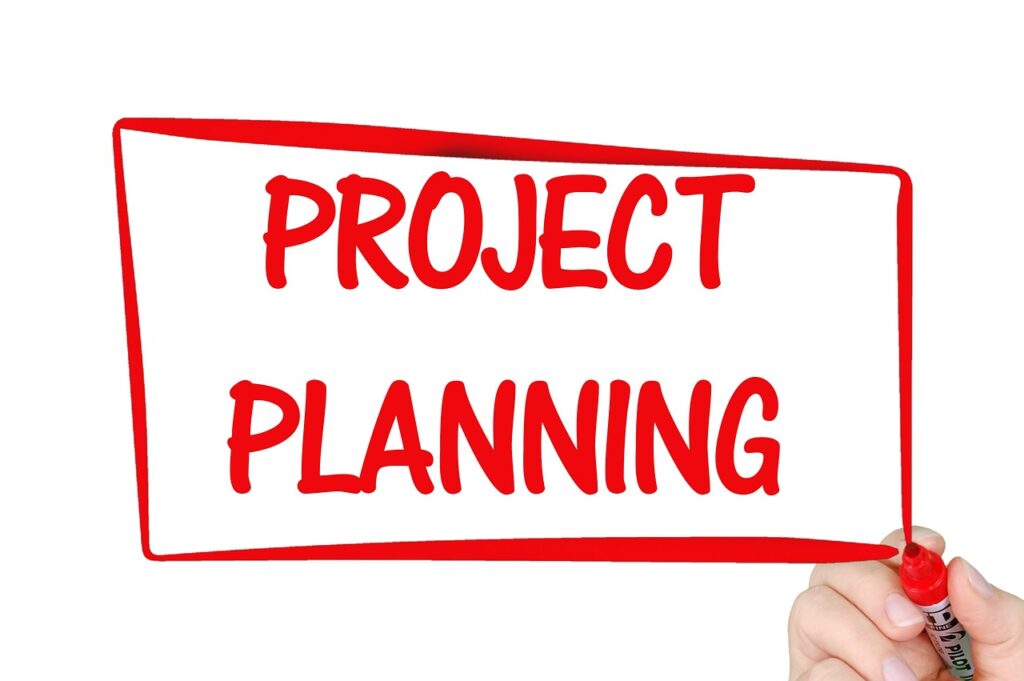Navigating Budgets for Luxury Design-Build Projects: A Comprehensive Guide
The allure of creating a custom, luxury-designed home is undeniable. But the budgeting behind it? That can be a maze, often laden with surprises. However, a clear vision and understanding of costs can ensure your dream home doesn’t turn into a financial nightmare. In this guide, we break down the key factors you need to consider when budgeting for a luxury design-build project.
1. Setting Your Financial Groundwork
Before sketching out the first line or imagining a high-ceiling living room, determine your budget. This will be the backbone of every decision, from material selection to labor costs. Knowing your budgetary constraints will offer a clear framework within which you can start to mold your luxury home.
2. Location, Location, Location
It’s not just about the view. The location of your home plays a pivotal role in your budget. While you might have an exquisite seaside view, remember that the costs associated with certain terrains, regional building codes, zoning regulations, and even local labor can fluctuate significantly. Do a thorough analysis of all these elements in your desired location before committing.
3. Materials and Craftsmanship: A Balance of Quality and Cost
No luxury home was ever built with subpar materials. The allure of a luxury project is often in its fine details. Whether it’s the pristine marble from Italy or the handcrafted wooden beams, these elements define luxury. But, remember, high-end materials come with a high-end price tag. When selecting, always ask yourself: does this align with my budget? If not, are there alternatives that don’t compromise too much on quality?
4. Strategic Design and Planning
An idea, when not planned well, remains just that – an idea. Working with an experienced architect and builder during the planning phase can help you avoid costly mistakes. They can provide insights into streamlining costs, getting the best out of your allocated budget, and finding innovative solutions that offer luxury without excessive spending.
5. Finishing Touches that Elevate
High-end finishes bring a room to life. It’s the gleam of the polished marble countertops, the warmth of the oak hardwood floors, and the intricacy of custom light fixtures. While they enhance the luxury quotient, they also come with their own costs. It’s essential to find a balance: prioritize finishes that give you the best bang for your buck.
6. Don’t Forget the Exterior
While the interiors often steal the show, the exterior of a luxury home commands its own respect (and budget). Landscaping, patios, pool construction, and even driveways can sometimes be overlooked in initial budgeting but can quickly become major expenses if not accounted for early.
7. Labor: Quality Work Deserves Its Price
Labor will be one of the most substantial chunks of your budget. It’s tempting to skimp here, but remember that experienced contractors and builders bring a blend of expertise, speed, and quality that’s hard to replicate. They can navigate challenges, foresee potential pitfalls, and deliver top-notch work. While their services might come at a premium, the value they provide often outweighs the costs.
8. Anticipate Fluctuations in Material Costs
In an ever-changing market, material costs can vary. It’s crucial to factor in a buffer in your budget for these unexpected fluctuations. Regularly check with suppliers, stay updated on market trends, and be prepared for slight deviations.
In Conclusion:
Building a luxury home is more than just bricks and mortar – it’s a journey. By taking a well-planned, informed approach to budgeting, you can ensure this journey is smooth and enjoyable. Surround yourself with experienced professionals, be clear about your financial parameters, and always remain adaptable. With these principles, your dream luxury home can become a reality without breaking the bank.


